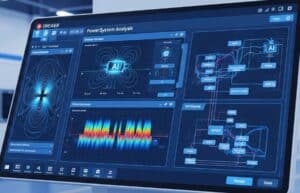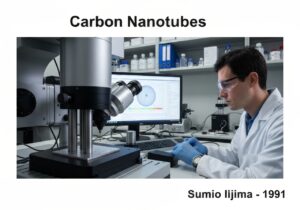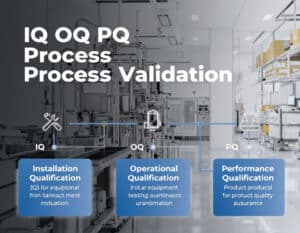
Online AI tools are rapidly transforming electrical engineering by augmenting human capabilities in circuit design, system analysis, electronics manufacturing, and power system maintenance. These AI systems can process vast amounts of simulation data, sensor readings, and network traffic, identify complex anomalies or performance bottlenecks, and generate novel circuit topologies or control algorithms much faster than traditional methods. For instance, AI can assist you in optimizing PCB layouts for signal integrity and manufacturability, accelerate complex electromagnetic or power flow simulations, predict semiconductor device characteristics, and automate a wide range of signal processing and data analysis tasks.
Las indicaciones que se ofrecen a continuación ayudarán, por ejemplo, en el diseño generativo de antenas o filtros, acelerarán las simulaciones (SPICE, simulaciones de campo electromagnético, análisis de estabilidad del sistema eléctrico), ayudarán en el mantenimiento predictivo en el que la IA analiza los datos de los sensores de los transformadores eléctricos o los componentes de la red para prever posibles fallos, lo que permite un mantenimiento proactivo y minimiza el tiempo de inactividad, ayudarán en la selección de materiales semiconductores o la selección óptima de componentes (por ejemplo, elegir el mejor amplificador óptico para parámetros específicos), y mucho más.
- Esta página es específica para un dominio. Si lo desea, puede realizar búsquedas en todos los dominios y según todos los criterios en nuestro >. Directorio AI Prompts <, dedicada al diseño y la innovación de productos.
- Dados los recursos del servidor y el tiempo, los propios avisos están reservados sólo a los miembros registrados, y no son visibles a continuación si no se ha iniciado sesión. Puede registrarse, 100% gratis:
- Solución de problemas y diagnóstico
- Ingeniería eléctrica
AI Prompt to Interpretación de los registros de alarmas SCADA para el análisis de la causa raíz
- Ingeniería eléctrica, Análisis de modos de fallo y efectos (FMEA), Algoritmos de mantenimiento predictivo, Mejora de procesos, Optimización de procesos, Control de calidad, Gestión de calidad, Análisis de causa raíz, Red inteligente de respuesta a la demanda
Este aviso procesa extractos de registros de alarmas SCADA para agrupar alarmas temporal y lógicamente con el fin de inferir las causas raíz y sugerir acciones de mantenimiento preventivo para los equipos de la red eléctrica.
Salida:
- Markdown
- no requiere Internet en directo
- Campos: {scada_alarm_log_text}
- Ideal para: Reconocimiento de patrones de alarma SCADA y resumen de causas de fallos
- Generación o aumento de datos
- Ingeniería eléctrica
AI Prompt to Generación de datos sintéticos sobre el ruido de los sensores
- Artificial Intelligence (AI), Aprendizaje automático, Seguro de calidad, Control de calidad, Sensores, Procesamiento de señales, Simulación, Análisis estadístico
Esta solicitud genera datos de ruido sintéticos que se ajustan a las características estadísticas (media, varianza, tipo de distribución) del conjunto de datos de ruido del sensor de entrada para aumentar las mediciones de la señal del sensor en experimentos electrónicos o simulaciones.
Salida:
- CSV
- no requiere Internet en directo
- Campos: {sensor_noise_data_csv} {número_deseado_de_puntos}
- Ideal para: Crear conjuntos de datos de ruido sintético para el análisis de sensores
- Generación o aumento de datos
- Ingeniería eléctrica
AI Prompt to Ampliar el conjunto de datos de casos de avería en el sistema eléctrico
- Aprendizaje automático, Algoritmos de mantenimiento predictivo, Mejora de procesos, Gestión de calidad, Energía renovable, Análisis de riesgos, Simulación, Prácticas de sostenibilidad
Esta aplicación crea nuevos escenarios de fallos realistas con parámetros variados (tipo de fallo, ubicación, duración) basados en un conjunto de datos de fallos del sistema eléctrico existente para ayudar en el entrenamiento del modelo de aprendizaje automático o en las pruebas de estrés.
Salida:
- JSON
- no requiere Internet en directo
- Campos: {power_faults_dataset_json} {número_de_casos_nuevos}
- Ideal para: Aumentar los conjuntos de datos de fallos para simulaciones de sistemas eléctricos o entrenamiento de ML.


























¿la eficacia de la IA a la hora de generar indicaciones depende en gran medida de la calidad de los datos de entrada?
¿también proyectos de ingeniería? Discutámoslo también.
La IA no es una solución mágica.